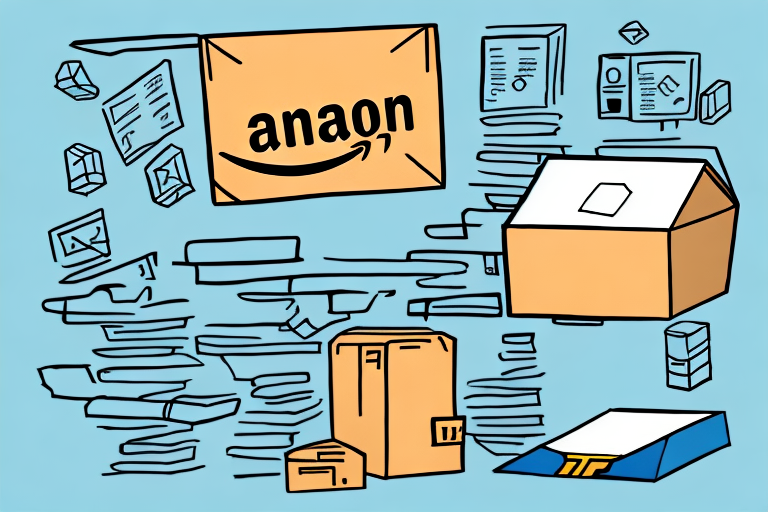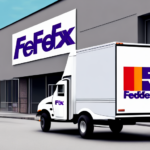Understanding Amazon's Selling Plans
Selling on Amazon offers a variety of plans tailored to different business needs. Choosing the right plan is crucial for optimizing your sales and managing costs effectively.
Individual Plan
The Individual Plan is ideal for sellers who plan to sell fewer than 40 items per month. Key features include:
- Fee Structure: Amazon charges a $0.99 fee per item sold, in addition to referral and closing fees.
- Basic Selling Tools: Access to essential tools needed to list and manage products.
Professional Plan
The Professional Plan is designed for high-volume sellers who plan to sell more than 40 items per month. Benefits include:
- Subscription Fee: A monthly fee of $39.99, plus referral and closing fees.
- Advanced Selling Tools: Access to bulk listing tools, advanced analytics, and promotional features.
- Eligibility for Restricted Categories: Ability to apply for selling in categories like automotive and beauty products.
Choosing the Right Plan
Selecting the appropriate selling plan depends on factors such as sales volume, product type, and budget. For sellers expecting rapid growth or those dealing with high-demand products, the Professional Plan offers scalability and enhanced features that can drive success.
Fees and Costs of Selling on Amazon
Understanding the various fees associated with selling on Amazon is essential for maintaining healthy profit margins. Below is a detailed breakdown of the primary costs involved.
Referral Fees
Referral fees are a percentage of the total sales price and vary by product category. For example, electronics typically incur a 8% referral fee, while apparel may be around 17%.
Closing Fees
Closing fees apply to media-based products like books and DVDs, with a standard fee of $1.80 per item sold.
Fulfillment Fees
If you use Fulfillment by Amazon (FBA), fees are charged for storage and order fulfillment. These fees depend on the product size and weight.
Storage Fees
Amazon charges monthly storage fees based on the volume of inventory stored in their warehouses. Fees increase during peak seasons like Q4.
Additional Costs
Other potential fees include:
- Advertising Fees: Costs associated with Amazon Advertising campaigns.
- Return Fees: Costs incurred from handling returns and refunds.
- Optional Service Fees: Fees for services like product listing optimization or account management.
Minimizing Fees
To reduce costs, consider optimizing product listings, managing inventory efficiently, and leveraging Amazon’s promotional tools to increase sales velocity.
Calculating Profit Margins and Managing Inventory
Accurately calculating profit margins and effectively managing inventory are critical for sustaining a profitable Amazon business.
Calculating Profit Margins
To determine your profit margin:
- Calculate Total Revenue from sales.
- Subtract Total Expenses (Amazon fees, shipping, cost of goods sold).
- Divide the result by Total Revenue to get your Profit Margin Percentage.
For example, if your total revenue is $10,000 and your total expenses are $7,000, your profit margin is 30%.
Managing Inventory
Effective inventory management involves:
- Tracking Inventory Levels: Use Amazon’s inventory management tools to monitor stock levels.
- Optimizing Reorder Points: Ensure timely reordering to prevent stockouts or overstocking.
- Identifying Slow-Moving Items: Reduce inventory of products with low sales velocity to minimize storage fees.
Proper inventory management helps in reducing storage costs and ensuring a steady supply of high-demand products.
Strategies for Reducing Costs and Maximizing Profits
Implementing effective strategies can help you minimize costs and enhance your profit margins on Amazon.
Negotiating with Suppliers
Building strong relationships with suppliers can lead to better pricing and favorable terms. Consider bulk purchasing or long-term contracts to secure discounts.
Utilizing Amazon FBA
Amazon’s Fulfillment by Amazon (FBA) service can save time and costs associated with shipping and handling. Benefits include:
- Prime Eligibility: Products are eligible for Amazon Prime, increasing visibility and sales.
- Streamlined Logistics: Amazon handles storage, packing, and shipping.
Offering Bundle Deals
Creating product bundles can increase average order value and encourage customers to purchase more items. This strategy can also help in clearing out slow-moving inventory.
Optimizing Pricing Strategies
Use dynamic pricing tools to adjust prices based on competition, demand, and market trends. This ensures competitive pricing while maintaining profit margins.
Utilizing Amazon's Tools and Fulfillment Options
Amazon provides a range of tools and fulfillment options to help sellers optimize their operations and reduce costs.
Amazon Analytics and Sales Dashboard
Leverage Amazon’s Sales Dashboard to gain insights into sales performance, customer behavior, and inventory trends. These analytics enable data-driven decision-making.
Amazon Advertising Console
The Advertising Console allows you to create and manage advertising campaigns. Effective use of sponsored ads can increase product visibility and drive sales.
Fulfillment by Amazon (FBA) vs. Fulfillment by Merchant (FBM)
Choosing the right fulfillment option impacts costs and customer satisfaction:
- FBA: Higher upfront fees but benefits from Amazon’s logistics network and Prime eligibility.
- FBM: Lower fees but requires handling shipping and customer service independently.
Evaluate your business needs to determine the most cost-effective fulfillment method.
Common Mistakes and Future Trends in Amazon Selling
Avoiding common pitfalls and staying informed about industry trends can significantly enhance your success on Amazon.
Common Mistakes to Avoid
- Poor Pricing Strategies: Underpricing can erode profits, while overpricing may reduce sales.
- Inadequate Inventory Management: Poor inventory control can lead to stockouts or excess storage fees.
- Ignoring Customer Feedback: Negative reviews can harm your reputation and sales.
Future Trends and Predictions
The e-commerce landscape is continuously evolving. Key trends to watch include:
- Mobile Commerce: Increasing use of mobile devices for shopping necessitates mobile-optimized listings.
- Omnichannel Retailing: Integrating multiple sales channels for a seamless customer experience.
- Social Media Integration: Leveraging social platforms for marketing and direct sales.
- AI and Automation: Utilizing artificial intelligence for inventory management, customer service, and personalized marketing.
Staying ahead of these trends can provide a competitive edge and open new avenues for growth.
Conclusion
Selling on Amazon presents significant opportunities for entrepreneurs, but it requires a thorough understanding of the associated costs and strategic planning to maximize profits. By selecting the appropriate selling plan, managing fees and inventory effectively, utilizing Amazon’s tools, and staying informed about industry trends, you can build a successful and profitable Amazon business.






















